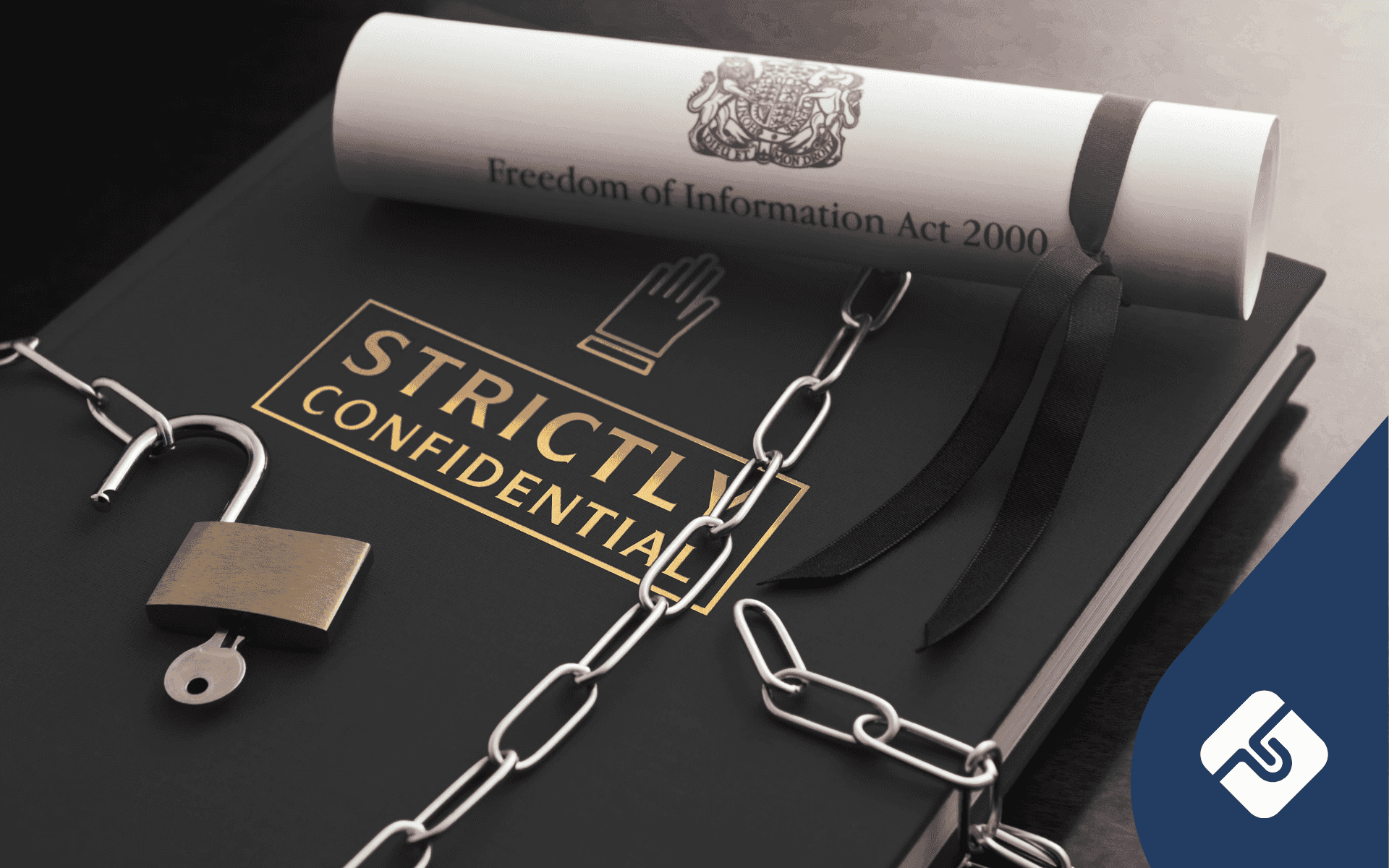Sydney-based financial crime analyst with nearly 3 years of expertise in the financial crime field, specializing in Anti-Money Laundering (AML) and Know Your Customer (KYC) compliance. Formerly Legal Intern at Lawpath.
A registered trademark is a valuable asset as it provides value to your brand. In addition, trademarks are an effective marketing tool as your trademark distinguishes your products from your competitors. This increases the chances of consumers recognising your brand and they are less likely to look for alternatives. However, due to market saturation across various industries, trademark infringements are on the rise. As a trademark owner, you are responsible for monitoring the market for trademarks that can potentially contravene existing trademarks. Your brand, particularly the brand image and reputation, can face serious detriments if a potentially infringing trademark obtains registration. Filing a Notice of Intention to Oppose and a Statement of Grounds and Particulars would instigate your objection to the trademark application.
Grounds for Opposing a Trademark Application
As a trademark owner, you can instigate opposition proceedings under the Trade Marks Act 1995 (Cth). This can be done so if the trademark application submitted by the applicant:
- is identical or very similar to another registered trademark – Section 60
- is too generic and cannot distinguish the applicant’s products from the rest of the traders – Section 60
- can easily create confusion or deception between the reputation built by the existing trademark and the new application – Section 60
- does not belong to the applicant as he or she is not the true owner of the trademark – Section 58
- is made in bad faith – Section 62A

Have exclusive rights to your brand and logo and safeguard your intellectual property
Your business is your own. Protect it today.
What is a Statement of Grounds and Particulars?
Lodging a Notice of Intention to Oppose would initiate the opposition process against the trademark application with IP Australia. This is followed by filing a Statement of Grounds and Particulars within a month of lodging the notice to oppose. A Statement of Grounds and Particulars explains the grounds of your opposition to this application. Thus, this statement should be supported by facts, details and any available evidence to ensure you have a strong case.
On the other hand, if you receive a Statement of Grounds and Particulars, you have to decide whether you want to defend your trademark or withdraw your application. You can review each ground of opposition raised by the opponent in the Statement of Grounds and Particulars to determine if you can counter the claims. Consequently, if you choose to defend your application, you must lodge a Notice of Intention to Defend within a month from receiving the statement. Should you choose not to defend yourselves, your application will not proceed to registration.
Overview of the Opposition Process
The stages of opposing a trademark application involve multiple stages illustrated below:
Trademark Application
- To begin with, the applicant submits an application for a trademark.
- The opponent lodges a Notice of Intention to Oppose during the trademarks advertisement period.
Initiating Opposition Proceedings
- The opponent then files a Statement of Grounds and Particulars within a month of lodging the Notice of Intention to Oppose.
- Then, the applicant submits Notice of Intention to Defend within a month of receiving the Notice of Oppose.
Submitting Evidence
- The opponent is responsible for establishing the grounds for opposition and has to lodge the supporting evidence within three months of lodging the Notice of Oppose.
- The applicant has to provide evidence submitting his or her claims within three months of the opponent submitting evidence in support.
- The opponent can then lodge any further evidence as a response to the applicant within three months.
Negotiations
- The applicant can approach the opponent with a proposal of negotiation prior to requesting a hearing. This process usually includes parties agreeing to a compromise to avoid delays and high costs.
- For example, the applicant can compromise by offering to re-brand his trademark to prevent potential infringements on the opponent’s trademark.
Decision
- If negotiations fail, the parties can request a hearing.
- If the parties fail or decline to request a hearing, IP Australia will make a decision based on the written records available.
Trademark opposition processes are complex and expensive. If you are considering lodging or opposing a Statement of Grounds and Particulars, you may want to seek advice from one of our patent lawyers.

Get a fixed-fee quote from Australia's largest lawyer marketplace.






